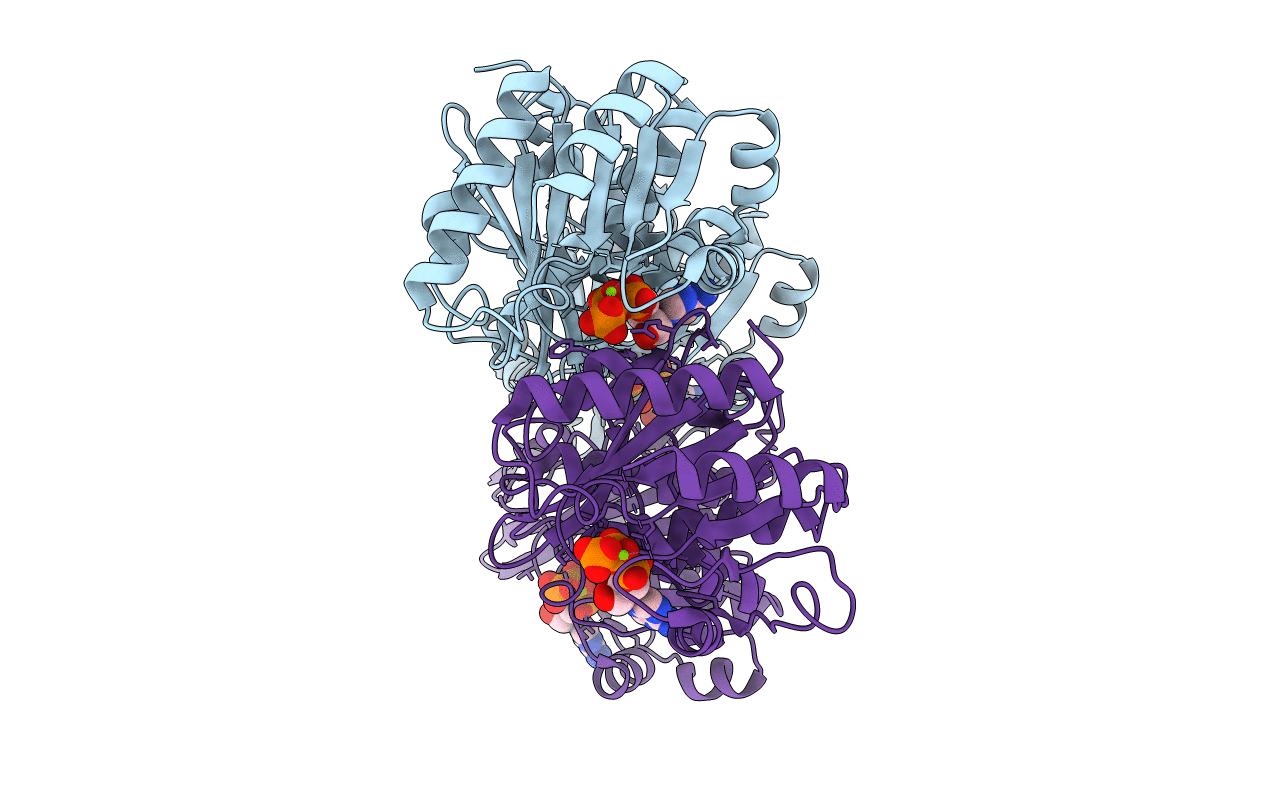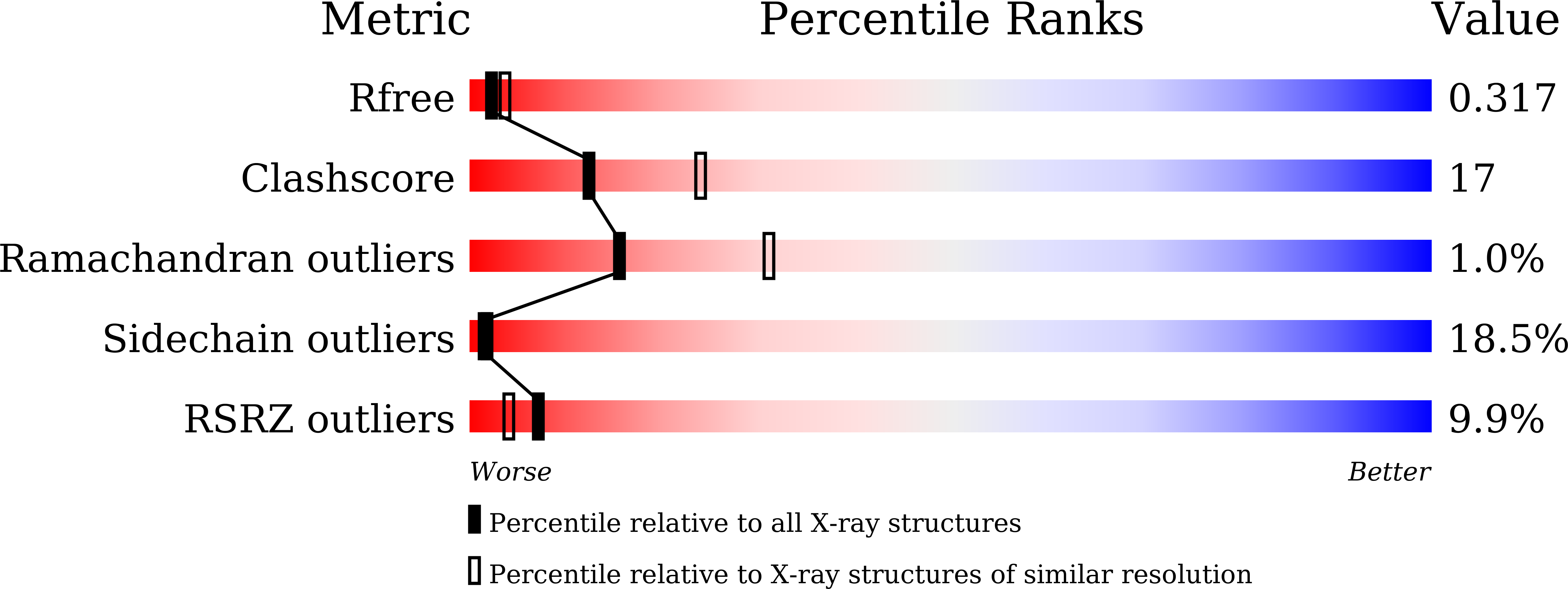
Deposition Date
2021-12-21
Release Date
2022-07-20
Last Version Date
2023-11-29
Entry Detail
PDB ID:
7WDC
Keywords:
Title:
Crystal Structure of Cyanobacterial Circadian Clock Protein KaiC
Biological Source:
Source Organism:
Host Organism:
Method Details:
Experimental Method:
Resolution:
2.84 Å
R-Value Free:
0.32
R-Value Work:
0.28
R-Value Observed:
0.28
Space Group:
P 63


